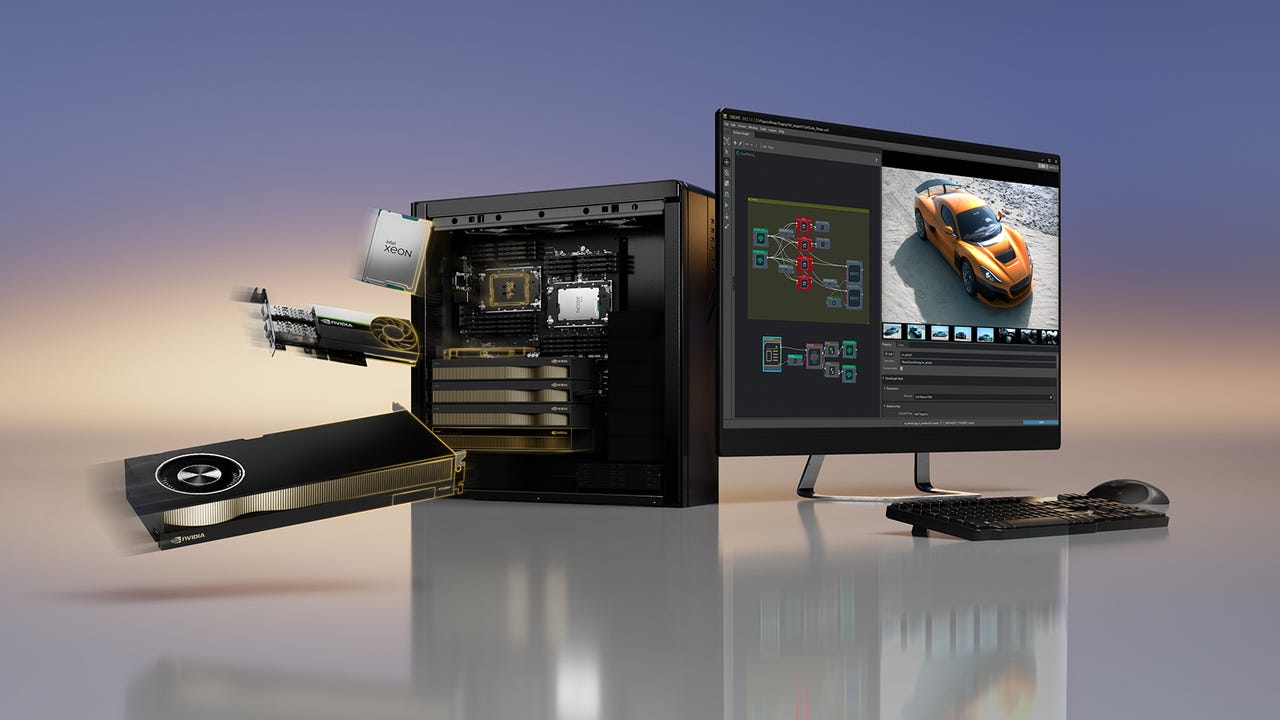Intel, Nvidia team up to debut powerful new desktop workstations


Intel and Nvidia are combining some of their latest processors to power new desktop workstations that can handle some of the most demanding applications.
With the latest Intel Xeon CPUs and Nvidia RTX 6000 Ada GPUs, the workstations are designed for high-level AI computing, as well as sophisticated rendering and simulation.
Featured
The new computers are available for pre-order beginning Wednesday from Boxx and HP, with more brands to be announced soon. They should benefit people in a range of professions, from data science and engineering to entertainment, broadcasting, manufacturing, health care, and more.
Also: Best desktops for graphic design: Is Apple still on top?
"The new Intel- and Nvidia-Ada powered workstations deliver unprecedented speed, power, and efficiency, enabling professionals everywhere to take on the most complex workflows across all industries," Bob Pette, VP of professional visualization at Nvidia, said in a statement.
The workstations will feature the Xeon W-3400 and Xeon W-2400 series of processors from Intel. The top-end Xeon W9-3495X processor is available with up to 56 cores in a single socket.
It features a redesigned memory controller and a larger L3 cache, delivering up to 28% more single-threaded performance and 120% more multi-threaded performance over the previous-generation Xeon W processors.
Also: In latest benchmark test of AI, it's mostly Nvidia competing against Nvidia
Meanwhile, the latest Nvidia RTX 6000 features 142 third-generation RT Cores, 568 fourth-generation Tensor Cores, and 18,176 latest-generation CUDA cores, combined with 48GB of high-performance graphics memory.
The workstations also feature Nvidia ConnectX-6 Dx SmartNICs for high-speed, low-latency networking, and streaming capabilities.